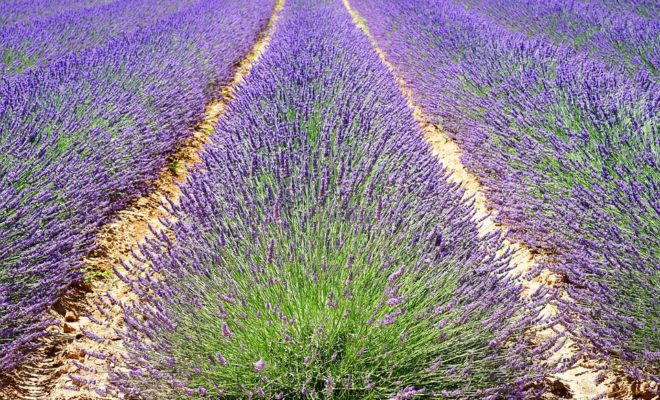Lophophora Williamsii An Ethnobotanical Study

For over two centuries, the utilization of the peyote-desert flora as a religious ceremony has been gradually diffusing northward among the southern Plains tribes of the United states.For over fifty years, there has been a developing enthusiasm for the peyote-faction among American anthropologists. A broad literature3 has showed up concerning the formal utilization of Lophophora Williamsii in the United States and also in Mexico, where its utilization stretches out back most likely for over twenty centuries.
Until recently5 the anthropological data was in a pretty much disordered state. Shonle, Wagner, and others have managed the dispersion of peyote and conditions making conceivable its quick spread.6 Although intermittent references to the interest of peyote are observed, there does not appear to be any basic investigation of what might be named the interest period of the peyote issue. Petrullo, Wagner, and particularly Radin7 have dedicated more regard for the interest of peyote than have different anthropologists, yet a thought of this disregarded subject from an ethnobotanical perspective ought to demonstrate of significant worth.
It is not the reason for this paper to exhibit a total ethnobotanical investigation of the peyote-faction, but instead to consider whether its broad dissemination is because of the vision-creating properties ascribed to the alkaloids of Lophophora Williamsii or to the gathered remedial properties of the plant. In a thought of this kind, certain central realities relating to the natural, substance, and pharmacological examinations identifying with Lophophora Williamsii must be counted, for just on such an establishment can a precise understanding of peyote and some of its issues be made.
The chlorophyll-bearing crown is short of what one quarter the length of the plant. Peyote plants are regularly unicephalous, however age and harm may make them get to be polycephalous, expecting strange shapes, frequently looking like a deerhoof engrave, a situation which may represent the nearby relationship of peyote with the deer in Mexican Indian mythology.9 The crown is isolated into from five to thirteen wide, adjusted ribs, isolated by straight or winding wrinkles. Transverse depressions may partition the ribs into various low, polyhedral tubercles, every bearing an areola from which grows a tuft of tangled hairs. These tufts of grayish-white, wooly hairs give a lanuginous appearance to the plant which is of significance in etymological considerations.10 The blossoms, fluctuating from red to pink or white, are borne on the apical areolae at the highest point of the crown amid June and July. At the point when the crowns of peyote are cut off and dried, they shape the alleged mescal catches which are eaten in the service.
Williamsii is not an uncommon plant. It develops on both banks of the Rio Grande and in scattered places in Aguas Calientes, Chihuahua, Coahuila, Hidalgo, Jalisco, Nuevo Quertaro, San Luis Potos, Tamaulipas, and Zacatecas. The Indians of Mexico and the southern fields make yearly journeys to accumulate it. Those tribes excessively far off, making it impossible to visit the peyote-fields get their provisions via mail from traders in lower Texas who bargain solely in mescal catches.
The opiate properties of peyote have pulled in wide consideration. Peyote-inebriation is separable into two general stages: a time of satisfaction and over-affectability, and a time of anxious quiet and strong drowsiness, frequently joined by hypocerebrality, hued visual mind flights, and strange.
Peyote-inebriation is one of a kind in that amid it cognizance is not lost, control of the appendages and faculties is kept up, there is no propensity to submit demonstrations of brutality, and from time to time do uncomfortable impacts go with or tail it. These qualities are accounted for in the writing, and I have watched them in the field.









